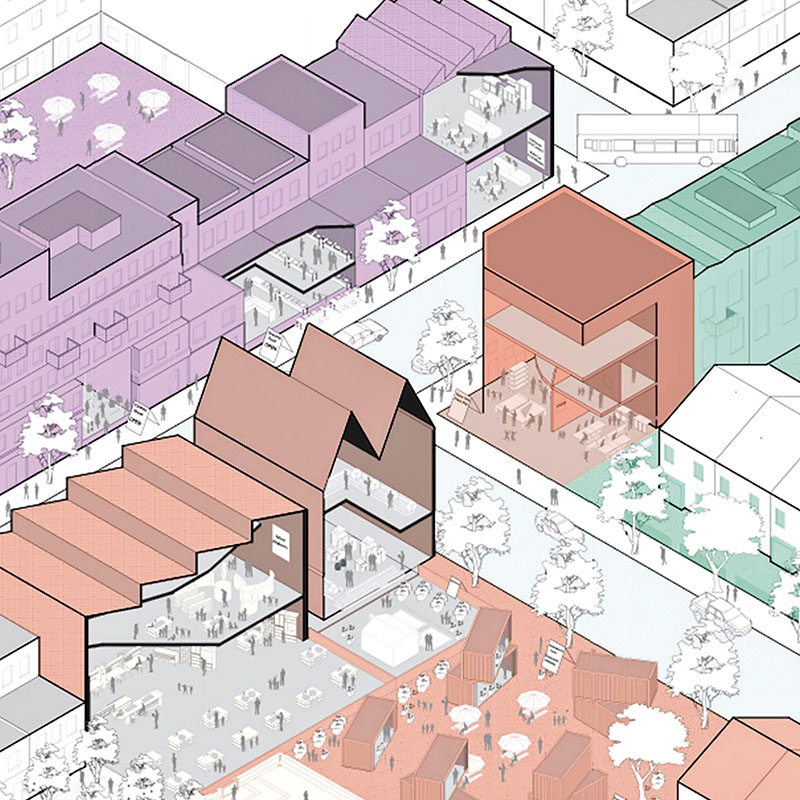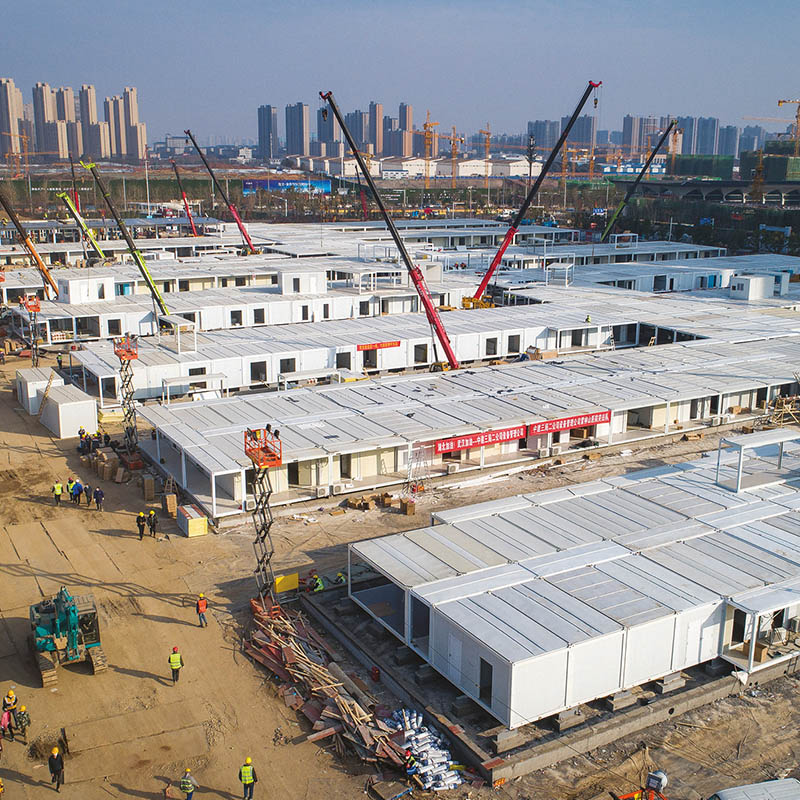REGENERATIVE, ACCESSIBLE AND ABUNDANT BY DESIGN Film mogul Sam Goldwyn once said, “I never make predictions, especially about the future,” and in the current multifaceted, multilevel disruption, this is extremely wise advice. Yet, it becomes almost unforgivable or a dereliction of a very human duty not to tease around some of the evidence in search […]
Read More… from Cities and a Circular Economy After the Virus



